



About Me
I am a PhD candidate and Research Associate at the Professorship of Lunar and Planetary Exploration Technologies (LPE) at the Technical University of Munich (TUM), doing research on
fireballs and near-Earth objects. Before switching to the LPE, I did my research at the Chair of Astronautics (LRT) of TUM. I was a Young Graduate Trainee of the European Space Agency
(ESA) at the European Space Operations Centre (ESOC) in Darmstadt and worked in the Planetary Defence Office (OPS-SP) on the orbit determination of imminent impactors.
I graduated to master of science in astrophysics at the Ludwig-Maximilians University of Munich (LMU), where I wrote my master's thesis about 'Feasibility of Near-Earth Object
Deflection by Breakthrough Starshot Technology' at the University Observatory Munich (USM). As part of my thesis I attended the 4-week scientific programme of the Munich Institute
of Astro- and Particle Physics (MIAPP) about 'Near-Earth objects: Properties, detection, resources, impacts and defending Earth'. During my studies, I did an exchange to the University
of Helsinki (UH) and attended a summer school about 'Natural space risks' at the Paris Observatory (OBSPM) and 'Plasma physics and fusion research' at the Max-Planck
Institute for Plasmaphysics (IPP). As undergraduate degree I did the bachelor of science in physics at the Ludwig-Maximilians University of Munich (LMU) with a thesis about
'self-gravitating accretion discs', written at the Max-Planck Institute for Astrophysics (MPA). Before, I did an apprenticeship to technical draftsman and worked at the company
HUBER SE.
In my spare time as a student, I used to work at the Technical University of Munich (TUM) with the Scientific Workgroup for Rocketry and Space Flight (WARR) on the MOVE-II
CubeSat and MOVE-ON high altitude balloon projects. I like to do web- and graphic design, photography and playing ukulele. I am enthusiastic about all aspects of planetary science (geology, meteorology, glaciology, climatology, etc.), exobiology and space exploration.
Introduction
 Our Solar System consists of numerous asteroids and comets, many of them crossing Earth's orbit. Those objects are called near-Earth objects (NEOs) and a population of about 20,500 bodies
larger than 100 m is estimated. Depending on the size, the damage ranges from local major damage up to a global disaster with mass extinction. Right now, no NEO is known within rout of
collision, yet due to continuous observation of the night sky this could change quickly. The chance of an impact seems low, but we know from Earth history, that there have been catastrophic
impacts before. Moreover, there is no need of hundreds of impacts. Just one single event can erase human civilization.
Our Solar System consists of numerous asteroids and comets, many of them crossing Earth's orbit. Those objects are called near-Earth objects (NEOs) and a population of about 20,500 bodies
larger than 100 m is estimated. Depending on the size, the damage ranges from local major damage up to a global disaster with mass extinction. Right now, no NEO is known within rout of
collision, yet due to continuous observation of the night sky this could change quickly. The chance of an impact seems low, but we know from Earth history, that there have been catastrophic
impacts before. Moreover, there is no need of hundreds of impacts. Just one single event can erase human civilization.
Research & Work
Fireball Flux Density
Technical Universty of Munich• 2021‒present
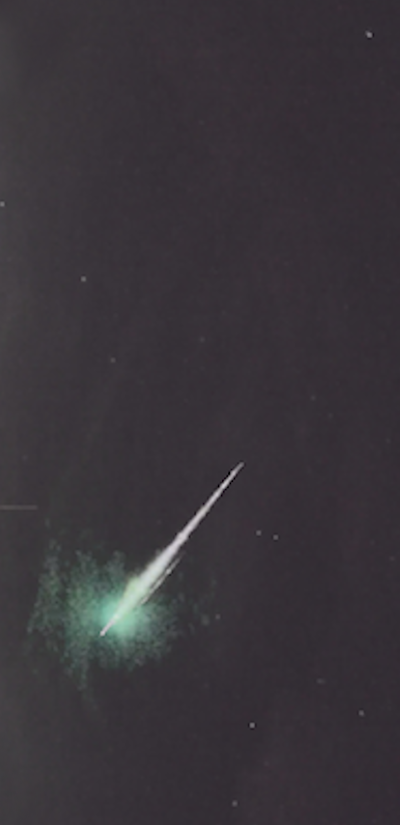
In this project, I am investigating the number, size distribution, flux, and origins of decimeter to meter-sized meteoroids colliding with Earth. The overall goal of the research is to close the current gap in our knowledge of the distribution of interplanetary dust and asteroids. For this purpose, the Technical University of Munich has observation stations of the AllSky7 fireball network and FRIPON network, participates in the analysis of fireball network data and does orbit simulations. [Homepage]
Former Projects
Meerkat Asteroid Guard
European Space Agency• 2018‒2020
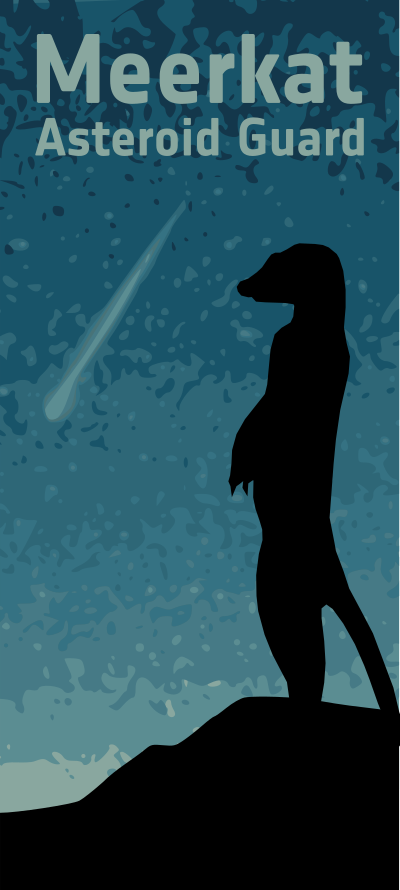
Asteroid deflection analysis
European Space Agency• 2019
Flyeye telescope
European Space Agency• 2018‒2020
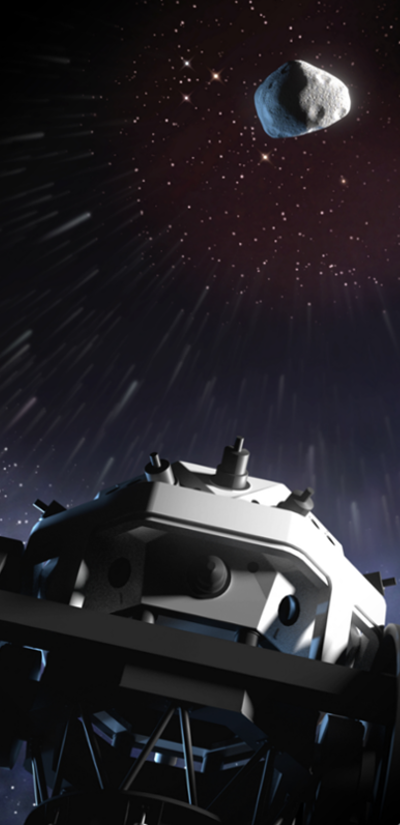
Text Credit: ESA
[Homepage]
New concepts of near-Earth object deflection
University Observatory Munich• 2017‒2018
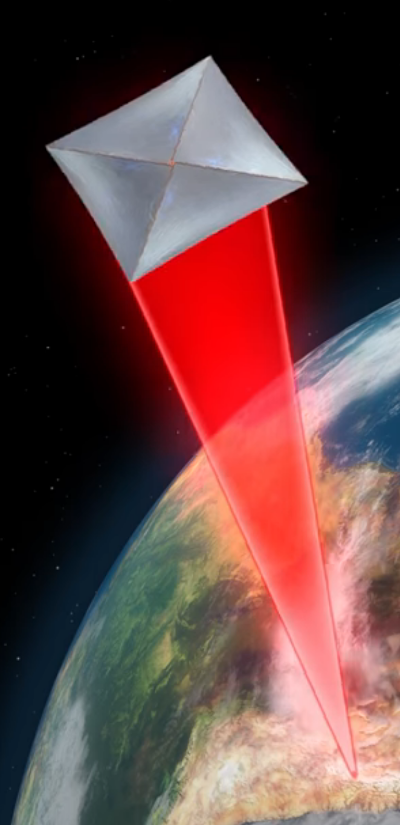
Publications
Lead author
Frühauf, M., Micheli, M., Oliviero, D. & Koschny, D. (2021, April 26–30). Meerkat Asteroid Guard imminent impactor warning service of the European Space Agency [Poster session].
7th IAA Planetary Defense Conference, Vienna, Austria.
[Download Poster,
Download Abstract]
Frühauf, M. (2020). SMPAG Meeting February 2020: Mapping of threat scenarios to mission types. European Space Agency.
[Download Report]
Frühauf, M., Micheli, M., Santana-Ros, T., Jehn, R., Koschny, D. & Ramírez Torralba, O. (2019). A systematic ranging technique for follow-ups of NEOs detected with
the Flyeye telescope. In T. Flohrer, R. Jehn & F. Schmitz (Eds.), 1st NEO and Debris Detection Conference. ESA Space Safety Programme Office.
[Download Paper]
Frühauf, M. (2018). Feasibility of Near-Earth Object Deflection by Breakthrough Starshot Technology [Unpublished master's thesis]. Ludwig-Maximilians University of Munich
[Download Thesis]
Co-author
Ramírez Torralba, O., Jehn, R., Koschny, D., Frühauf, M., Jehn, L. S. & Praus, A. (2019). Simulation of sky surveys with the Flyeye telescope. In T. Flohrer, R. Jehn &
F. Schmitz (Eds.), 1st NEO and Debris Detection Conference. ESA Space Safety Programme Office.
[Download Paper]
Other Projects
MOVE-II CubeSat
at Technical Universty of Munich • 2015‒2018
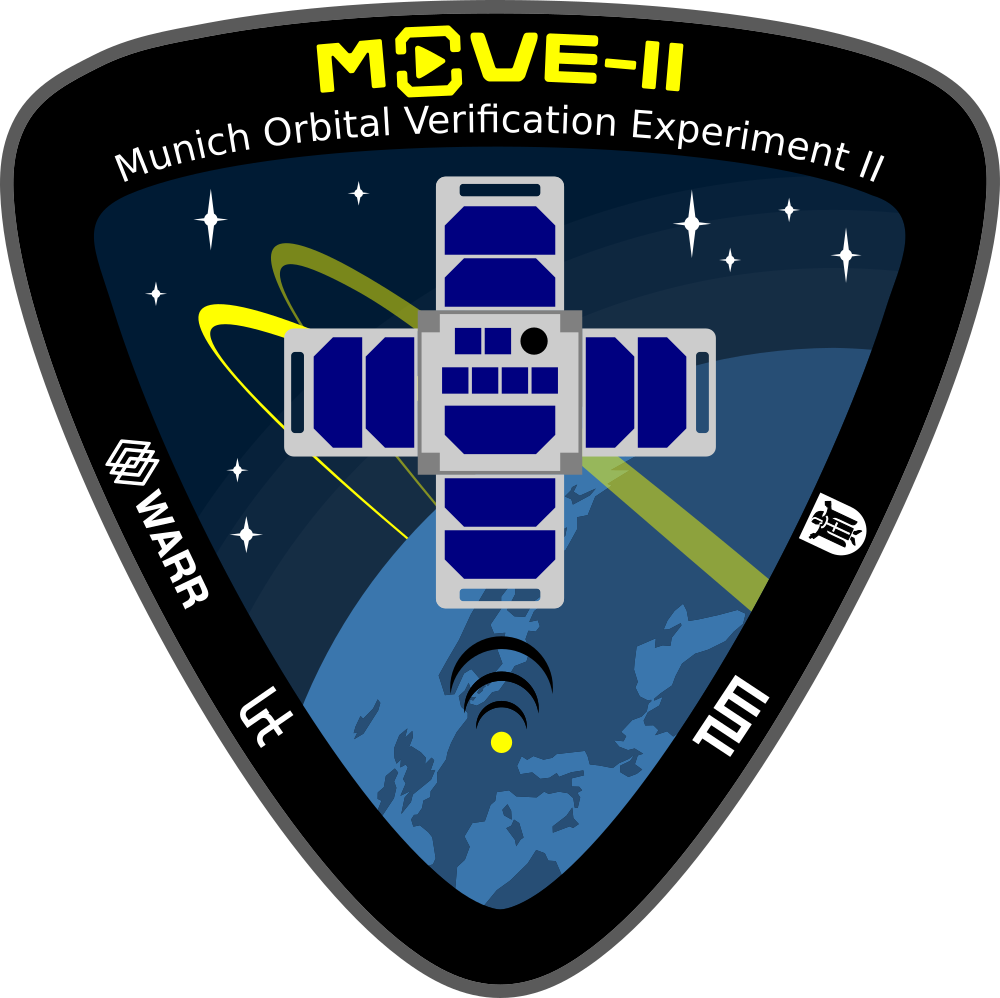 MOVE-II (Munich Orbital Verification Experiment) is a one unit CubeSat, a tiny satellite with dimensions of 10x10x10cm and an a maximum weight of 1.33kg.
The Satellite is developed in cooperation between the Chair of Astronautics (LRT) and the Scientific Workgroup for Rocketry and Space Flight (WARR), by about
60 Bachelor and Master students in their free time.We are developing, implementing and verifying a so-called satellite bus, meaning all parts of the satellite
required to run the payload. This includes communications, on-board data handling, the attitude control system, the power supply system, the structure and the
thermal control system. The satellite bus can be used in future for multi-unit CubeSats with larger payloads. Besides, the performance and degradation of a new
generation of solar cells, which have never been in outer space before, is investigated by our satellite as a scientific payload. It will be launched by a Falcon-9
rocket in summer 2018 into low earth orbit (LEO). The mission is funded by the Federal Ministry of Economics and Energy (BMWi), following a decision of the German
Bundestag, via the German Aerospace Center (DLR) with funding grant number 50 RM 1509.
MOVE-II (Munich Orbital Verification Experiment) is a one unit CubeSat, a tiny satellite with dimensions of 10x10x10cm and an a maximum weight of 1.33kg.
The Satellite is developed in cooperation between the Chair of Astronautics (LRT) and the Scientific Workgroup for Rocketry and Space Flight (WARR), by about
60 Bachelor and Master students in their free time.We are developing, implementing and verifying a so-called satellite bus, meaning all parts of the satellite
required to run the payload. This includes communications, on-board data handling, the attitude control system, the power supply system, the structure and the
thermal control system. The satellite bus can be used in future for multi-unit CubeSats with larger payloads. Besides, the performance and degradation of a new
generation of solar cells, which have never been in outer space before, is investigated by our satellite as a scientific payload. It will be launched by a Falcon-9
rocket in summer 2018 into low earth orbit (LEO). The mission is funded by the Federal Ministry of Economics and Energy (BMWi), following a decision of the German
Bundestag, via the German Aerospace Center (DLR) with funding grant number 50 RM 1509.
I worked as thermal design engineer during the development phase and I
was supporting the PR-team with web- and graphic design and social media posts.
[External Webite]
MOVE-ON high altitude balloon
at Technical University of Munich • 2017‒2018
 MOVE-ON is a high altitude balloon project of the Technical University of Munich, where the technology is regularly improved and launched in interation steps. It
is developed by about 20 Bachelor and Master students of the Scientific Workgroup for Rocketry and Space Flight (WARR) in their free time, supported by the Chair of
Astronautics (LRT). High altitude balloons are used the measure atmospheric properties and to verify space technology in near-space conditions. MOVE-ON consists of a
gondola with payload, radar reflector, parachute and a helium balloon. It reaches the stratosphere (~35 km), where it observes environmental conditions, takes pictures
and videos, tests new space soft- and hardware, measures payload data (different payloads for different iterations), and sends the data life back to the ground station at Garching.
MOVE-ON is a high altitude balloon project of the Technical University of Munich, where the technology is regularly improved and launched in interation steps. It
is developed by about 20 Bachelor and Master students of the Scientific Workgroup for Rocketry and Space Flight (WARR) in their free time, supported by the Chair of
Astronautics (LRT). High altitude balloons are used the measure atmospheric properties and to verify space technology in near-space conditions. MOVE-ON consists of a
gondola with payload, radar reflector, parachute and a helium balloon. It reaches the stratosphere (~35 km), where it observes environmental conditions, takes pictures
and videos, tests new space soft- and hardware, measures payload data (different payloads for different iterations), and sends the data life back to the ground station at Garching.
I worked as payload engineer for the camera team and the PR-team.
[External Website]
Extracuricular
Selected Graphics
Some selected graphics I created for projects, posters, websites etc.
Selected Photos
Some selected photos, taken with a digital single-lens reflex camera, a 23.5 cm Schmidt–Cassegrain telescope and a 40 cm newton telescope.
























